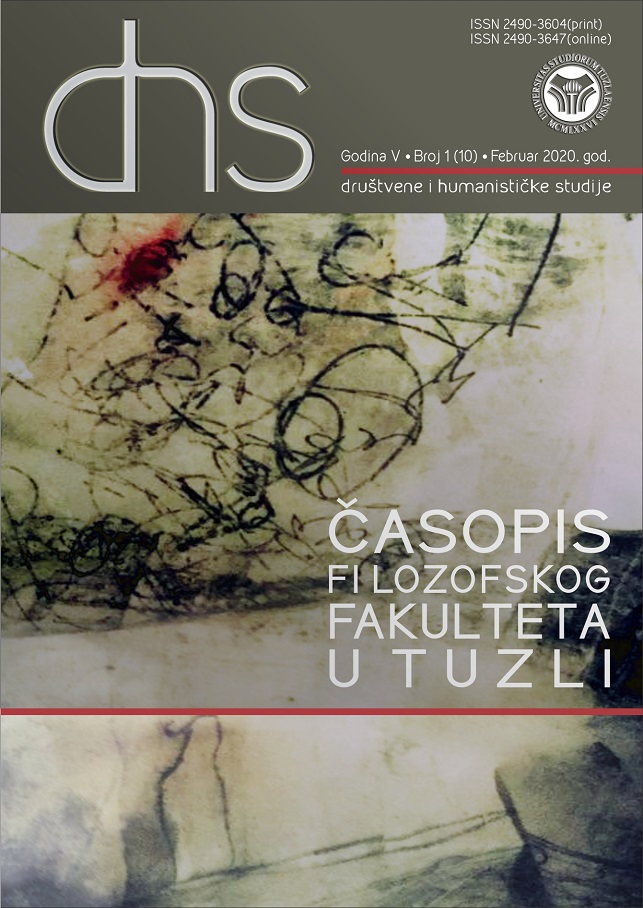Školska klima kao prediktor vršnjačkog nasilja na internetu
School Climate as a Predictor of Peer Violence on Internet
Author(s): Jelena Pavičić Vukičević, Dorotea Sudar, Irena Cajner MraovićSubject(s): Education, School education, Educational Psychology, Studies in violence and power
Published by: Filozofski fakultet Univerziteta u Tuzli
Keywords: school climate; cyberbullying; students; high schools;
Summary/Abstract: School climate, as a relatively permanent quality of the school environment, is an important predictor of many educational phenomena, and the purpose of the conducted research was to examine whether the occurrence of peer violence on internet can be predicted by school climate, whereby peer violence on internet is defined as an intentional harm inflicted on the victim caused by the use of computers, cell phones, and other electronic devices, with a tendency to recur. The study involved 451 students from gymnasiums and vocational high schools in Zagreb, and the research was conducted on the adapted scale of the school climate by Niobe Way and specially created questionnaire with twelve items or various forms of peer violence on internet. After descriptive analyses of the results obtained on the school climate scale, logistic regression analysis was conducted to explore whether the items measuring school climate, and to what extent, can predict various forms of peer violence on internet. After that, the significance of the b coefficient was tested by the Wald statistic, and the percentage of variance explained (pseudo R2) by the Nagelkerke test. The conducted regression analysis showed that the school climate generally predicted a small part of the variability of different forms of peer violence on internet, from which it can be concluded that the etiological factors of peer violence on internet are not school-related. This does not deprive schools of their nurturing role, that is, the role in the prevention of such forms of violence, since their place of occurrence is potentially everywhere. Therefore, prevention requires the synergy of all relevant factors, from family and school to leisure, neighbourhood, and wider community.
Journal: DHS-Društvene i humanističke studije: časopis Filozofskog fakulteta u Tuzli
- Issue Year: X/2020
- Issue No: 10
- Page Range: 249-272
- Page Count: 24
- Language: Croatian

